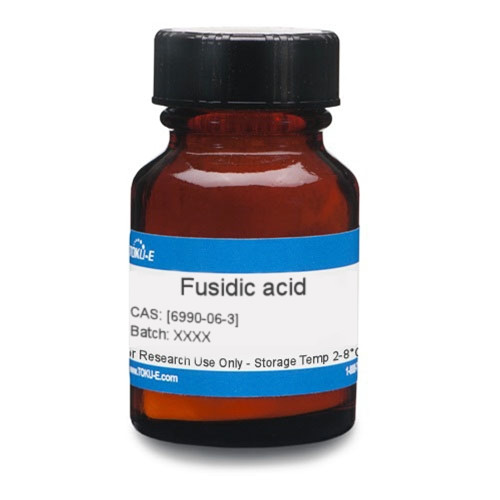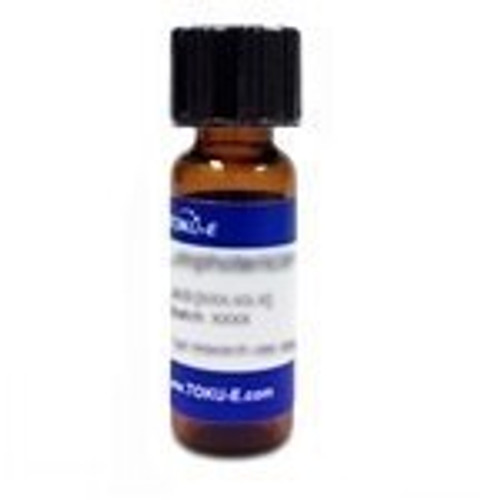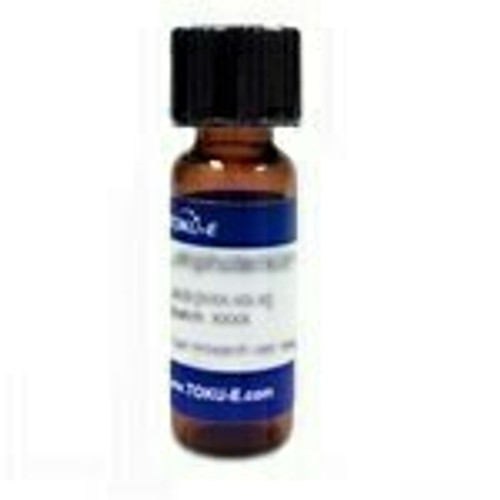Lecanoric acid is an orcinol depside found in a broad range of lichen and fungal species. Structurally, lecanoric acid is a dimer of orsellinic acid. Lecanoric acid is a broad antimicrobial agent, exhibiting more potent activity against bacteria than fungi. Lecanoric acid is also active as an immunomodulator, antioxidant, an inhibitor of histidine decarboxylase and is involved in gene activation/suppression. Lecanoric acid is an important standard in the chemotaxonomy of lichens.
| Molecular Formula | C16H14O7 |
| Mechanism of Action | Antioxidant mechanisms include scavenging of reactive species, enzymatic activation, and inhibition of 'inducible nitric oxide synthase' (iNOS). In vitro antioxidant assays include DPPH, LPO assays. |
| Plant Biology Applications |
Investigators have been able to synthesize Lecanoric Acid non-reducing PKS gene from the lichen Pseudevernia furfuracea and perform successful heterologous expression of the synthetic lichen PKS gene in an engineered yeast system (Saccharomyces cerevisiae)(Kealey et al, 2021). Collectively, lichens produce over 1,000 known mycobiont-derived secondary metabolites
|
| Eukaryotic Cell Culture Applications |
Eukaryotic Cell Culture Applications Lecanoric acid can inhibit prostaglandin synthetase and delayed-type hypersensitivity responses against sheep red blood cells in culture at 100 μg/ml concentration. Lecanoric Acid analogs antagonize several enzymic and cellular effects of the tumor promoter. In a cell viability assays, Lecanoric Acid has antiproliferative activity against HeLa cells (IC50 = 123.97 μg/ml) |
| Cancer Applications |
Cancer is characterized by an enhanced state of oxidative stress, which may result from the overproduction of reactive species and/or a decrease in antioxidant defenses. Lecanoric Acid was found to reduce viability of cancer cell lines (HCT-116, HEK293T, HeLa, NIH3T3, RAW246.7). It mediates is anti-proliferative effect via cell cycle arrest (M-phase). It shows low toxicity to primary human immune and endothelial cells (Roser et al, 2022). |
| References |
Alam MN, Bristi NJ, Rafiquzzaman M (2013) Review on in vivo and in vitro methods evaluation of antioxidant activity. Saudi Pharm J. 21(2):143-152 PMID 24936134 Elix J (2014) A catalogue of standardized chromatographic data and biosynthetic relationships for lichen substances. 3rd Ed. Canberra, Australia Kealey JT, Craig JP and Barr PH (2021) Identification of a lichen depside polyketide synthase gene by heterologous expression in Saccharomyces cerevisiae. Metab. Engin. Commun. 13:e00172 Luo H et al (2009) Lecanoric acid, a secondary lichen substance with antioxidant properties from Umbilicaria antarctica in maritime Antarctica (King George Island). Polar Biol. 32:1033-1040 Misic M. et al (2008) Antimicrobial activity of fumarprotocetraric acid, Lecanoric Acid, protocetraric acid and stictic acid isolated from Rankovic B (2008) The antimicrobial activity of the lichen substances of the lichens Cladonia furcata, Ochrolechia androgyna, Roser LA et al (2022) Lecanoric Acid mediates anti-proliferative effects by an M phase arrest in colon cancer cells. Biomed. Pharmacother. 148:112734 Umezawa H. et al (1974) Isolation of Lecanoric Acid, an inhibitor of histidine decarboxylase from a fungus. J. Antibiot. 27:587 White PA et al (2014) Antioxidant activity and mechanisms of action of natural compounds isolated from lichens: A systematic review. Molecules.19(9):14496-15527 PMID 25221871 |








